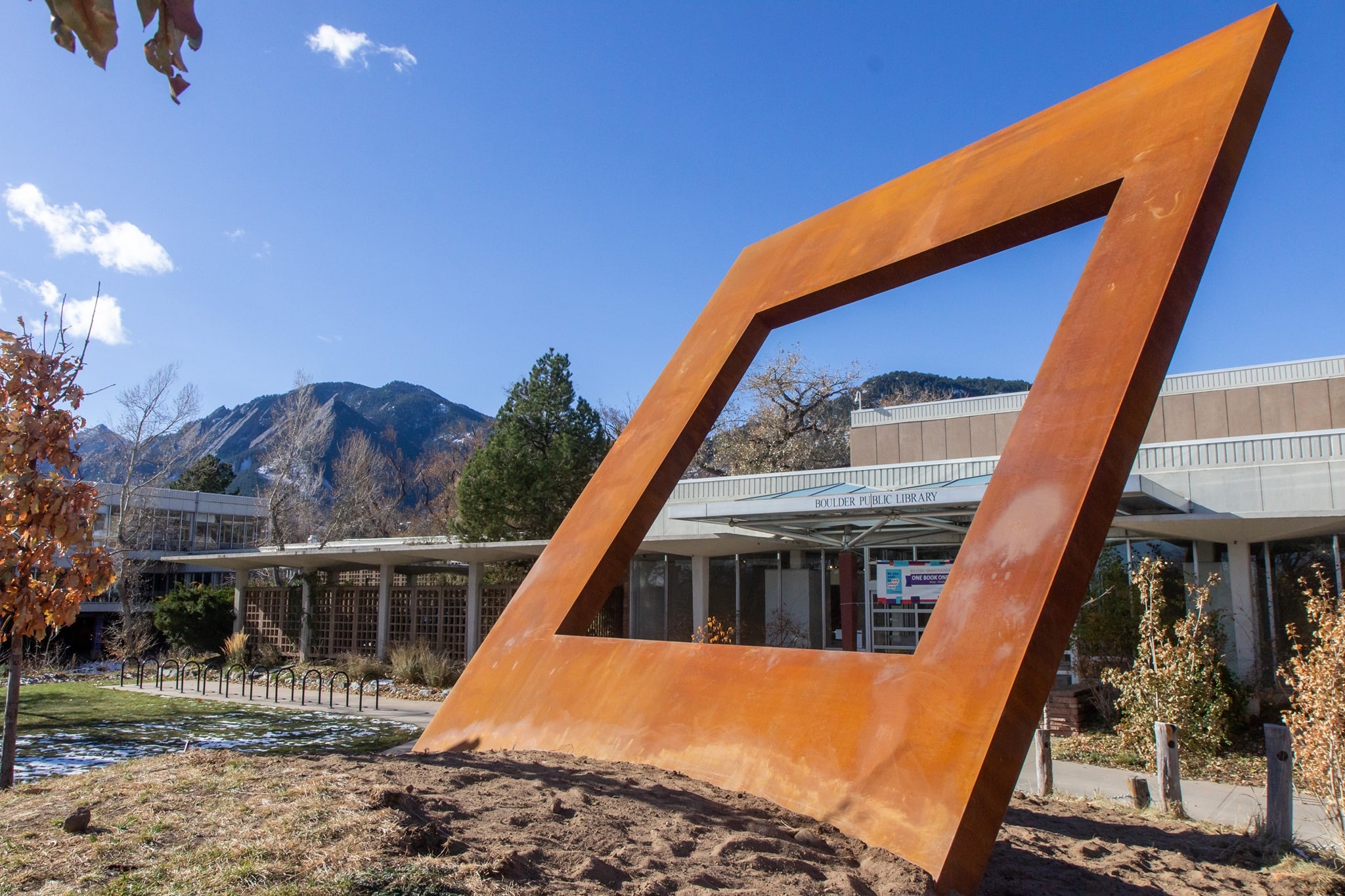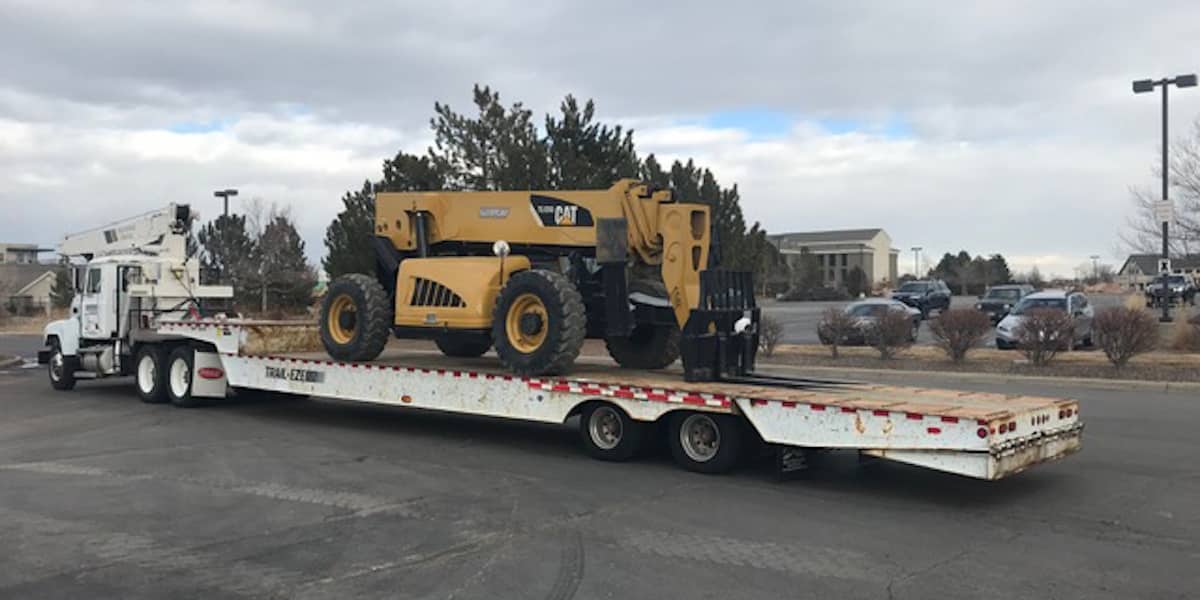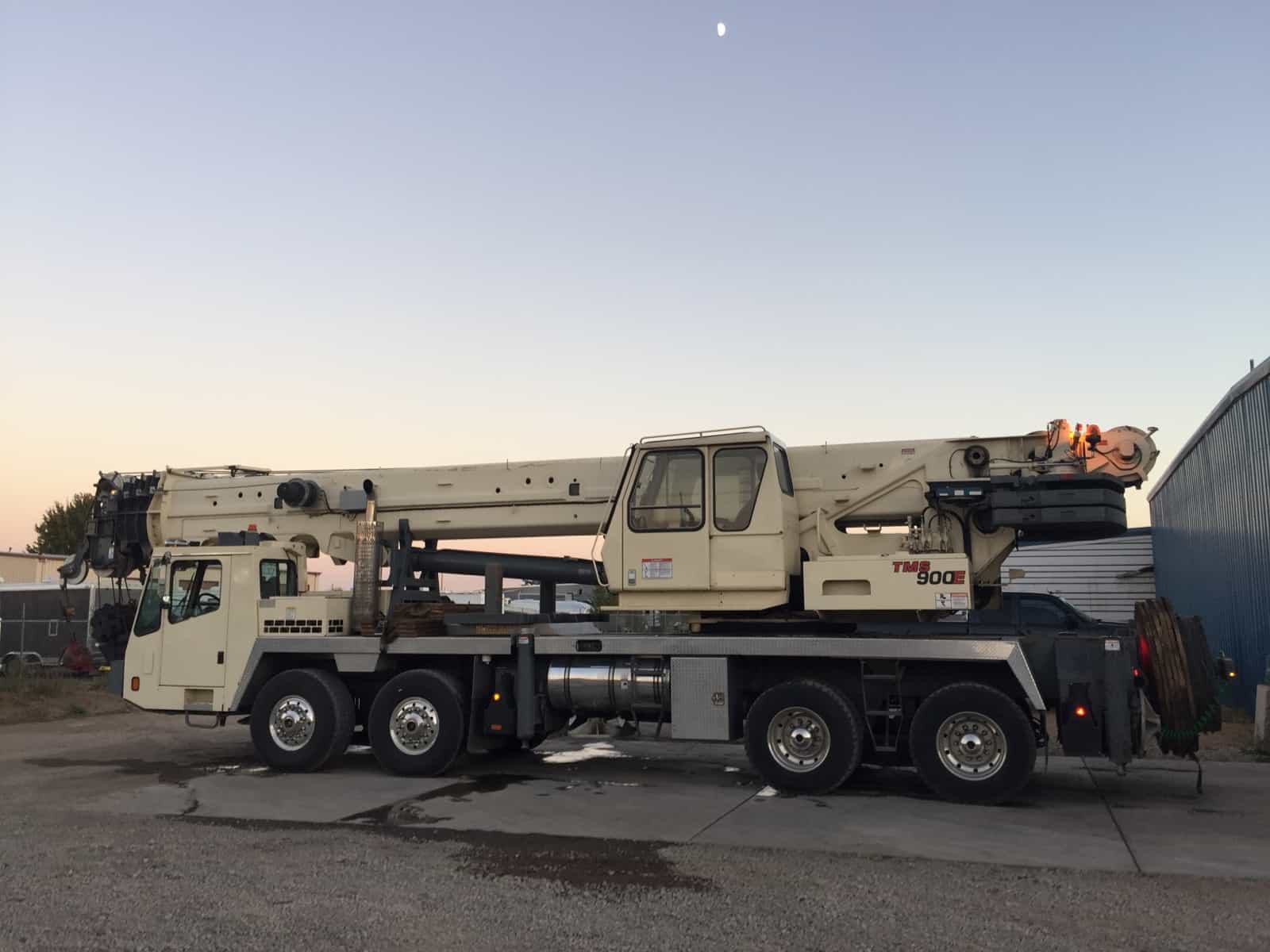When you’re working with a crane, you’re working with a highly technical, extremely expensive piece of complex machinery. Between the crane itself and the items being lifted, some lifts can easily have more than $1 million at stake. If what you are lifting is valuable or your job site has several complexities, you may want to consider taking the time to develop a lift plan.
Let’s take a look at when a lift plan is needed and what it should contain.
When Do You Need a Lift Plan?
At Pro Lift Crane, safety is our highest priority. We want to make sure the equipment being used can handle the lift, and we also want to ensure that all of the personnel involved know what’s happening and why.
No one wants an accident. No one expects an accident. Unfortunately, all too often, this means that people don’t plan ahead to prevent an accident from happening. Before any lift, it’s important to think about what could go wrong, which will help eliminate unforeseen factors that could result in an accident.
While a lift plan isn’t required for every lift, the best way to ensure a safe and efficient lift is to invest in a lift plan.
What Does a Lift Plan Include?
When we develop a lift plan with you, we include (at minimum) documentation of the following:
- All equipment being used
- Personnel performing the lift
- Boom length and angle
- Radius
- The lifting capacity of the equipment being used
- Net weight of the lift, plus the geometry of the item being lifted
- All environmental obstacles or hazards along the lift’s travel path; these might include overhead power lines, other vehicles and workers in the area, etc.
If any of these factors are reason for concern, you may need a more detailed lift plan, which should separate out the parameters for ordinary lifts and critical lifts.
If a lift plan is created, all individuals involved should review the lift plan before the lift. If personnel, weather, ground conditions, or the immediate surroundings have changed in any way, your operator may need to evaluate whether a new lift plan is needed.
If you’re working with a newer crane, its load moment indicator (LMI) is likely to provide you with all the above information for each and every lift. However, you should not use an LMI as reason to believe that you don’t need a lift plan. In fact, the information from the LMI makes it clear whether the lift plan was accurate and followed correctly.
At Pro Lift Crane, our goal is to make sure that every lift we are a part of is safe. We make sure that our personnel, our equipment and your load all make it through the lift without any damage or any negative impact on future lifts. We take our commitment to safety seriously, and our commitment to proper lift plans is part of that.
How can we help you with lift planning assistance or training? No matter what kind of crane rental and operation you need, we have the equipment and personnel to handle the job. Contact us today to see how we can help you.




